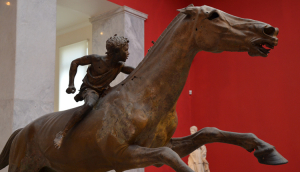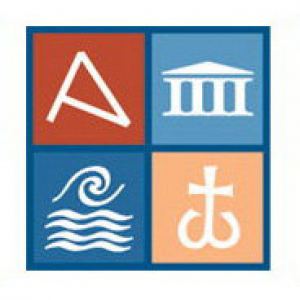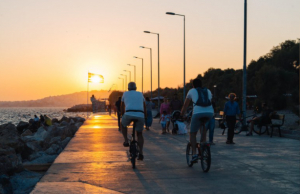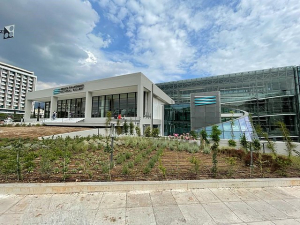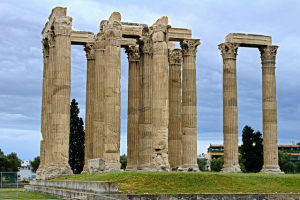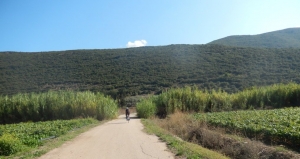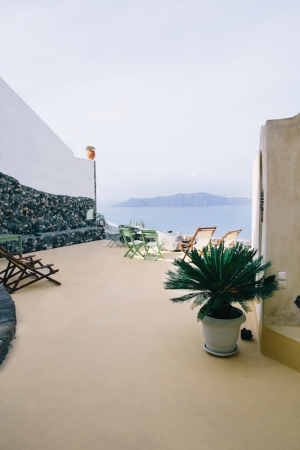You probably would never think this, but Athens is one of the best cities in the world to cycle!
Ringed by mountains on three sides and with the coastline of the Saronic Gulf on the other, few capitals can compete with such majestic geography and a warm, dry climate that makes cycling a comfortable proposition all year round.
On your bike!
Your first Athenian cycling experience should start with the pedestrianised circle that rings the Acropolis, passing through Plaka, Anafiotika, Monastiraki, Thissio, and Koukaki, with a slight detour to pedal around the National Garden. Not only is this one of the most beautiful urban rides anywhere in the world, but it takes you on a journey through three millennia: from the ruins of Ancient Greek and Roman temples and monuments; Byzantine churches and Ottoman mosques; to the bustle of the modern city today.
Head for the coast
To leave the centre behind and escape to the sea, you can take the 7-kilometre bike track that begins at Thissio Metro station. This entirely flat and traffic-free route is perfect for riders of all skill levels. After riding down Ermou, follow the green-painted track along the side of Metro Line 1, through the leafy and serene Athenian suburbs of Petralona, Kallithea, and Moschato. Follow the route of the ancient Ilissos River (now sadly buried beneath asphalt and apartment blocks) all the way to an incredible coastline reveal from the Stavros Niarchos Foundation Cultural Centre in Faliro. (But be careful not to miss the left turn across the bridge at Lamprou Katsoni.)
From here, you can trundle along the seafront promenade of the Athens Riviera, passing through Flisvos Marina, Palio Faliro, and Alimos to the buzzy coastal suburb of Glyfada. Or, if you have the legs (and a suitable bike), you can ride the full 60 kilometres to Cape Sounion and Poseidon's Temple, as many Athenians do in the evenings and at weekends. Hugging the shore all the way, this spectacular ride offers many opportunities to swim and cool off, on organized beaches at Vouliagmeni, Varkiza, Lagonisi, and Saronida, or any of the more wild, free coves running the length of the coastline.
For challenge seekers
For more ambitious and independent riders, you can find incredible routes and challenging terrain in almost any direction. The near-1,000 metre Mount Ymittos can be reached by a grueling hour's climb from the city centre. Further afield, climbing Mount Pendeli gives you a thrilling descent down the other side towards the coast and beaches around Schinias. Tackling the formidable Mount Parnitha rewards you with an otherworldly, almost lunar landscape around the casino and an eerie, abandoned sanatorium.
For
mountain bikers, the Parnitha National Park offers some intense trails, as does Hymettus, although that's a far rockier proposition. Trails through the cypress, olive, and citrus orchards of Tatoi, home to the former Royal Palace 27 kilometres north of Athens, are easier and more accessible for beginners.
It's true that investment in cycling infrastructure hasn't matched the pace of other European capitals in recent years, like Amsterdam, Copenhagen, or even London. Safety is still a concern and traffic pollution in summer heat can be oppressive. But cyclists are a growing community and the Municipality of Athens has committed to ensuring that cycling plays an increasing role in the city's future, by designating a number of strategic new bike lanes across the city as part of its Great Athens Walk project to create a less motorised metropolis.
To read this article in full and learn more cycling tips visit
: thisisathens.orgPhoto by: Thomas Gravanis
Whether you've just arrived in town – or have been here for years – Athens always has new secrets to share!
This is Athens is the official guide to this captivating city of ancient energies and booming urban culture. Compiled by a team of specialist local writers, This is Athens brings you an authentic and intimate portrait of a living Athens beyond the guidebooks – along with daily curated listings of all the best events and great weekend inspiration all-year round. From must-know neighbourhoods and emerging art hubs, to gourmet hotspots, cool shopping and the buzziest bars, This is Athens will help you to get the most out of living in Athens!


